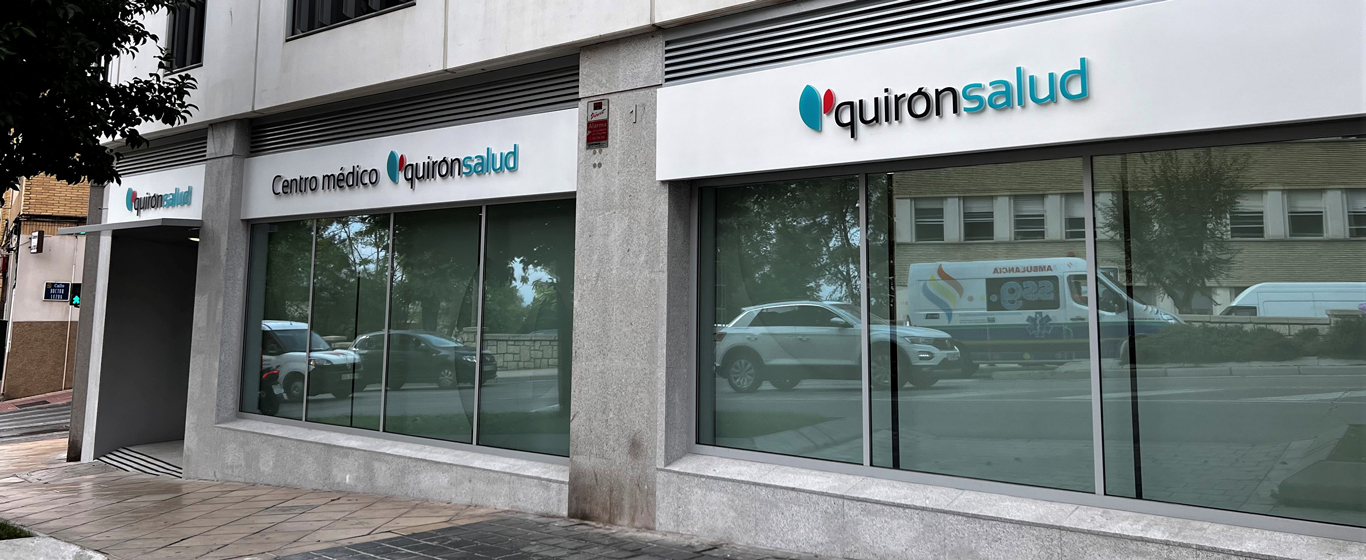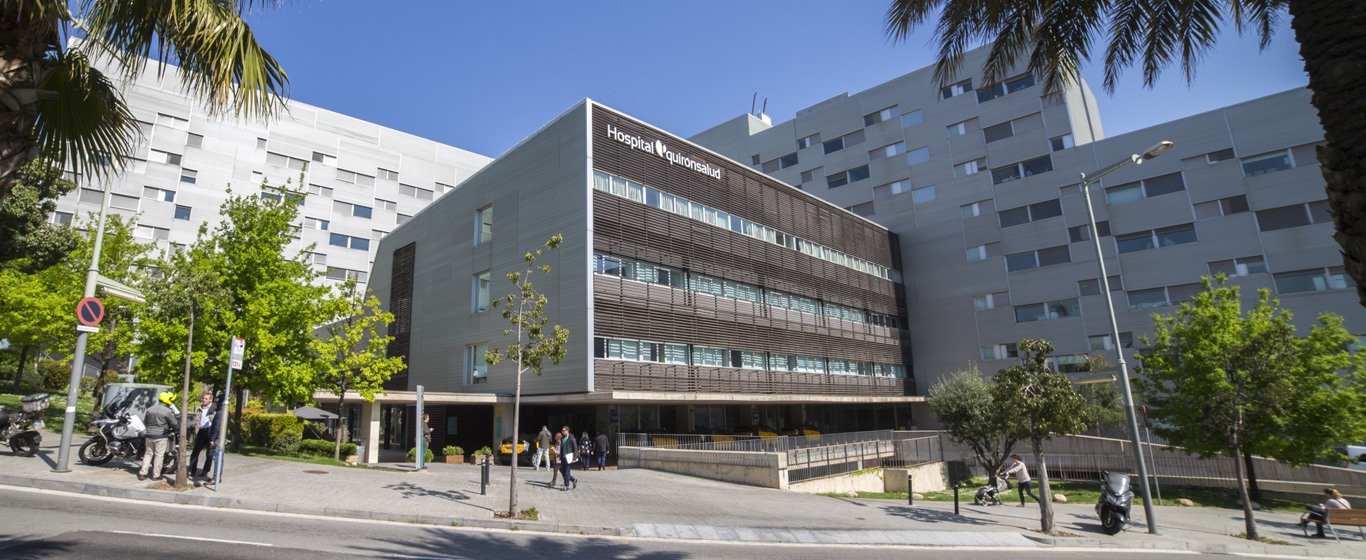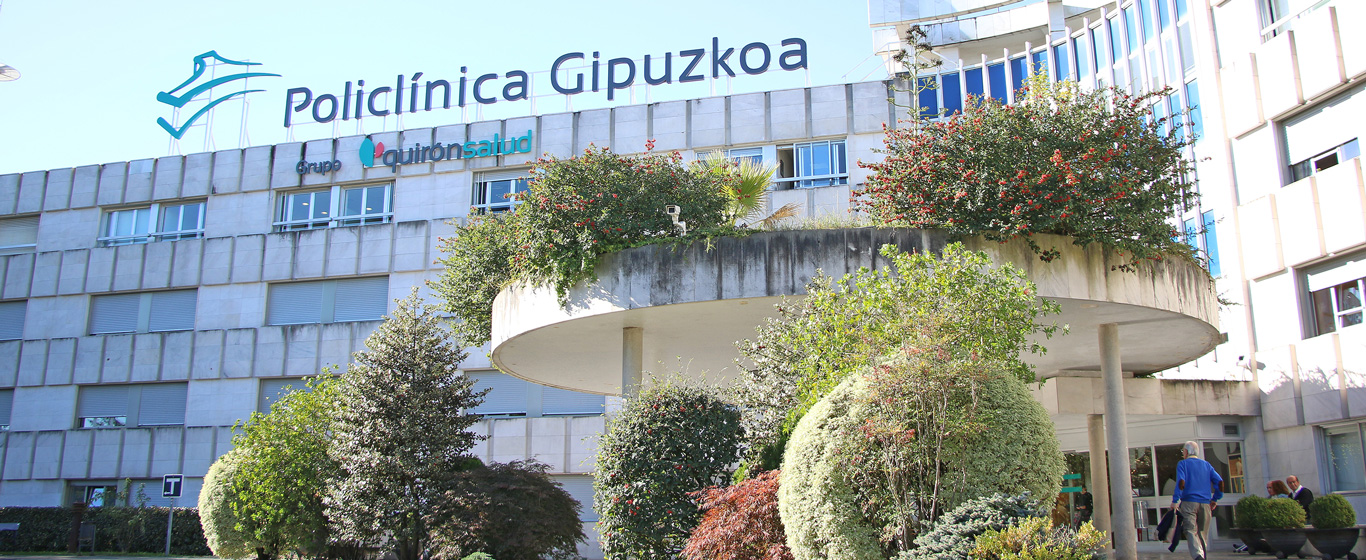Economy Class Syndrome
What causes traveler’s thrombosis? All the information about the causes, symptoms, and treatments of the so-called economy class syndrome.
Symptoms and Causes
Economy class syndrome, or traveler’s thrombosis, refers to the formation of a deep vein thrombosis (DVT) or deep thrombophlebitis due to prolonged immobility during travel. Thrombosis typically affects the lower leg or thigh but can occur in any deep vein in the body. It results from difficulties in venous return in the lower limbs due to lack of movement and prolonged constriction over several hours.
This thrombosis can develop during travel in any mode of transportation or in situations where a person remains seated for an extended period. In 1977, the term "economy class syndrome" was proposed, linking it to long-haul flights, especially in economy class, where limited space restricts leg movement, hinders blood circulation, and promotes clot formation in the veins.
The relationship between flight duration and the risk of Venous Thromboembolism (VTE) is significant. In fact, the risk is estimated to increase by 26% for every additional 2 hours of travel.
Symptoms
The signs of deep vein thrombosis typically appear during the flight or immediately afterward, although they may sometimes manifest days later. The most common symptoms include:
- Pain in the affected area.
- Swelling.
- Changes in skin coloration.
- Increased temperature.
- Tingling or numbness.
- Heaviness.
Causes
Traveler’s thrombosis occurs due to the formation of a blood clot (thrombus) inside a vein, caused by slowed blood circulation due to prolonged immobility. During air travel, immobility is compounded by other factors that promote clot formation, such as dehydration and reduced barometric pressure.
Risk Factors
The risk of developing economy class syndrome increases under the following circumstances:
- Trips lasting more than four hours.
- Blood clotting disorders.
- History of thrombosis.
- Advanced age.
- Conditions such as cancer or heart failure.
- Hormonal therapies.
- Use of contraceptives.
- Presence of varicose veins.
- Pregnancy, overweight, or obesity.
- Recent trauma, surgery, or catheterization.
- Smoking.
Complications
The consequences of deep vein thrombosis can be severe. The formed clot may obstruct blood flow and hinder oxygen and nutrient delivery to the body’s tissues. If this restricted circulation persists, the resulting damage may cause lasting pain and swelling. This condition, known as post-thrombotic syndrome, can be disabling. Additionally, deep vein thrombosis can lead to an embolism, where the clot detaches and travels through the bloodstream, potentially blocking an artery or vein and suddenly cutting off circulation to an organ. If the embolism reaches the lungs, it can be fatal.
In cases of pulmonary embolism, the following symptoms may appear:
- Fever.
- Fatigue.
- Increased heart rate.
- Difficulty breathing.
- Chest pain.
- Coughing, possibly with blood.
- Syncope.
Prevention
To prevent clot formation during travel, the following recommendations should be followed:
- Take short walks along the airplane aisle whenever possible.
- While seated, exercise the limbs by contracting and relaxing muscles and moving joints.
- Avoid letting the legs hang, keeping them overly bent, or crossing them.
- Stay hydrated.
- Reduce the intake of tobacco, alcohol, and coffee.
- Avoid tight clothing and wear loose, comfortable attire.
- Use compression stockings if you have circulation disorders.
- During layovers, take advantage of the time outside the plane to walk.
- If you have a history of deep vein thrombosis, cancer, thrombophilia, or recent major surgery, consult a doctor before traveling for the possible prescription of low molecular weight heparin, a medication that prevents clot formation.
Which Doctor Treats Economy Class Syndrome?
Traveler’s thrombosis is evaluated and treated by specialists in angiology, vascular surgery, and aeronautical medicine.
Diagnosis
If symptoms appear during or after a trip, several tests are performed to confirm deep vein thrombosis:
- D-dimer blood test: This protein is produced by blood clots, so an elevated level in the blood indicates thrombosis.
- Venous Doppler ultrasound: Uses ultrasound to obtain images of venous blood flow and detect clots.
- Venography: If the ultrasound is inconclusive, X-rays with a contrast agent can provide a clearer view of the veins.
Treatment
Treatment for economy class syndrome focuses on relieving symptoms and preventing the clot from spreading:
- Administration of anticoagulants: These medications prevent thrombi from increasing in size and reduce the risk of new clot formation.
- Use of compression stockings: These improve blood circulation and reduce swelling.
- Inferior vena cava filter: If anticoagulants cannot be used, a temporary device is implanted in the vena cava to prevent the clot from reaching the lungs.
- Administration of thrombolytics: In cases of pulmonary embolism, drugs are injected to dissolve the clots. These are only used in extreme cases due to the risk of bleeding.






